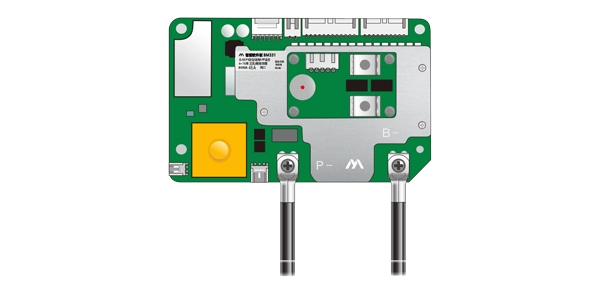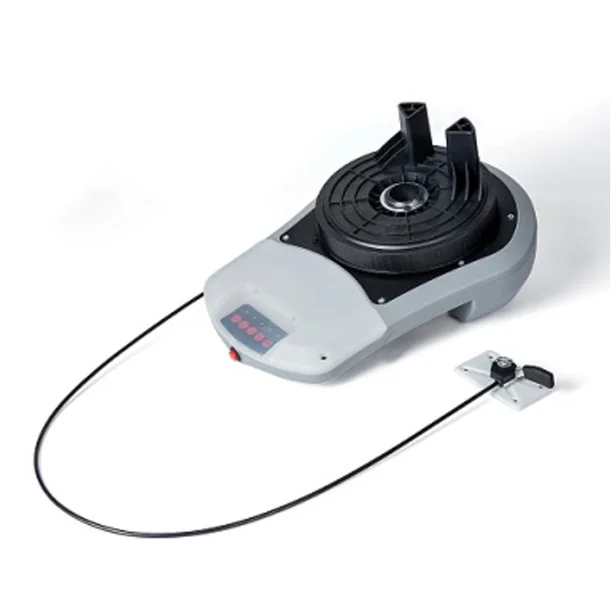Agate, a captivating form of chalcedony, is renowned for its striking colors and intricate banding patterns. Found in a variety of geological settings, agate can often be mistaken for other minerals or simply overlooked in its host rock. For rockhounds, gem enthusiasts, and casual explorers alike, understanding how to identify agate within rocks is essential for both collection and appreciation. This article delves into the nuanced characteristics of agate, the geological processes that form it, and practical methods for identification.
Understanding Agate: A Geological Perspective
Before diving into identification techniques, it is crucial to understand what agate is. Agate forms from the deposition of silica in volcanic or sedimentary environments, often filling cavities in rocks. The unique banding patterns arise from variations in mineral content and the rate of silica deposition. This process can take thousands to millions of years, resulting in the stunning visual effects that make agate so desirable.
Agate is typically characterized by its translucent to opaque appearance and can exhibit a wide range of colors, including white, gray, blue, red, and green. The presence of impurities, such as iron or manganese, can further enhance its coloration. Understanding these characteristics is the first step in identifying agate within a rock.
Key Characteristics of Agate
- Banding Patterns: One of the most distinctive features of agate is its banding. These bands can be thin or thick, straight or wavy, and may vary in color. When examining a rock, look for these layered structures, which are often indicative of agate.
- Translucency: Agate is usually translucent, allowing light to pass through. When held up to a light source, genuine agate will often display a glow, revealing its internal structure. This translucency can help differentiate agate from other similar minerals.
- Hardness: Agate ranks around 7 on the Mohs scale of mineral hardness, making it relatively hard compared to other rocks. A simple scratch test can help determine hardness; if the rock can scratch glass, it is likely to contain agate.
- Conchoidal Fracture: When broken, agate exhibits a conchoidal fracture, meaning it breaks with smooth, curved surfaces. This characteristic can be observed when examining broken pieces of rock.
- Weight and Density: Agate is denser than many other common rocks. If a rock feels unusually heavy for its size, it may contain agate.
Practical Identification Techniques
Identifying agate within a rock requires a combination of visual inspection and practical tests. Here are some effective methods:
- Visual Inspection: Begin by closely examining the rock's surface. Look for any visible banding or color variations. Use a magnifying glass to inspect finer details, which may reveal the presence of agate.
- Light Test: Shine a flashlight or hold the rock up to sunlight. Observe how light interacts with the rock. If it glows or reveals internal patterns, it may be agate.
- Scratch Test: Using a piece of glass or a metal object, perform a scratch test on the rock. If it scratches glass, it is likely agate or another hard mineral.
- Acid Test: For more advanced identification, a diluted hydrochloric acid test can be employed. Agate is generally resistant to acid, while calcite will fizz. Apply a small drop of acid to an inconspicuous area of the rock to observe the reaction.
- Polishing: If you suspect a rock contains agate, consider polishing a small section. This can enhance the visual characteristics and help confirm its identity.
Conclusion: The Joy of Discovery
Identifying agate within rocks is not only a rewarding endeavor but also a gateway to understanding the geological processes that shape our planet. By familiarizing yourself with the characteristics of agate and employing practical identification techniques, you can enhance your rock-hunting experience. Whether you are a seasoned collector or a curious novice, the thrill of discovering agate in its natural habitat is an adventure worth pursuing.




